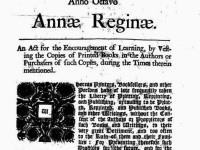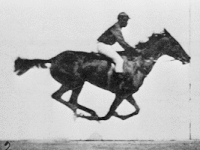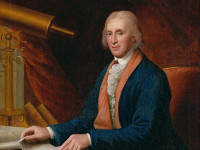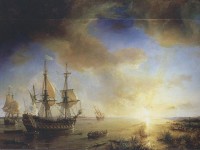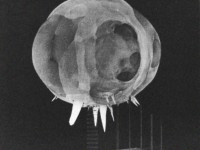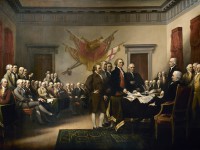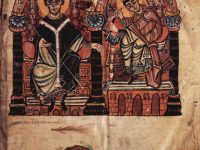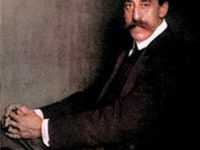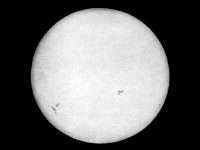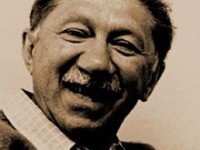The Origins of Copyright Law
On April 10, 1710, the Statute of Anne, an act of the Parliament of Great Britain, was introduced. It was the first statute to provide for copyright regulated by the government and courts, rather than by private parties. Literary Works under Richard III With the introduction of the printing press to Britain by William Caxton in 1476, printed works became more and more important as an economic asset. As early as 1483,…
Read more

